Jasmine Birtles
Your money-making expert. Financial journalist, TV and radio personality.

When it comes to investing in precious metals, silver has always lived in the shadow of its glitzier, more eye-catching cousin: gold.
The latter is seen by many as the ultimate safe-haven asset, holding its value when stock markets struggle. However, for savvy investors who know what they are doing, silver can be an equally interesting proposition.
Like gold, it has intrinsic value and so can be an effective hedge against inflation. Unlike gold, it has a myriad of real-life uses in the industrial process. This can be anything from batteries to automated cars. Meaning, its price can in part be driven by the market.
It also has the benefit of being much cheaper. At the time of writing in August 2023, the gold price was roughly $61,700 (£48,600) per kilo, while silver cost just $760.
Both are examples of alternative investments – namely an asset that does not fit into a traditional category of cash, bonds or stocks, for example. It can be a good way to diversify a portfolio.
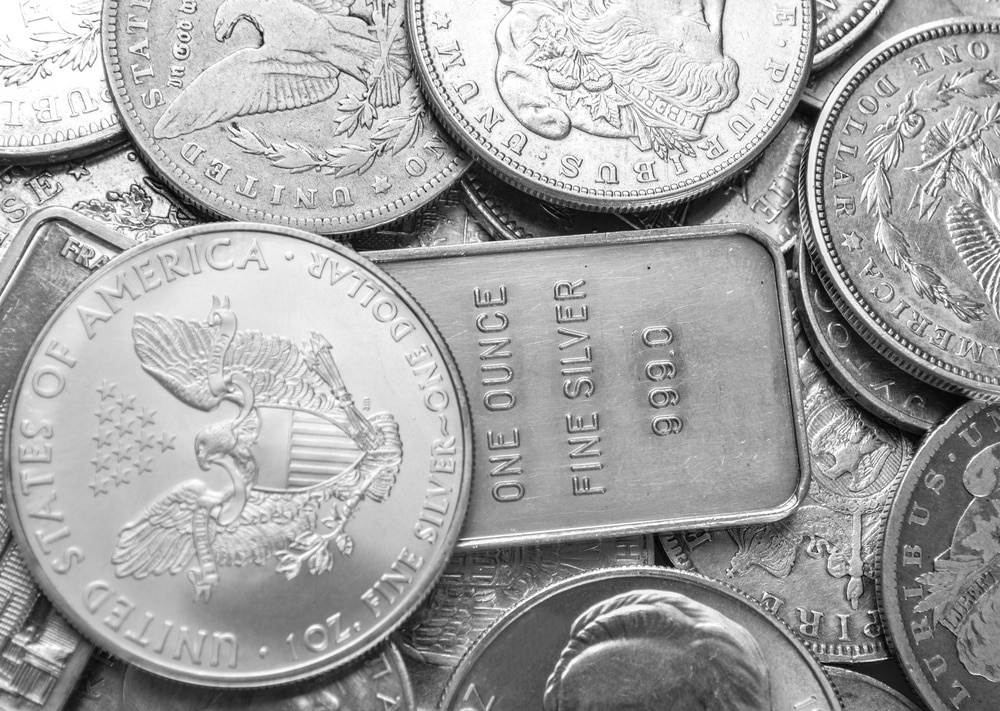
Firstly, the price has soared in recent years. Since March 2020, the price of silver has nearly doubled.
There are also factors which could point to future success:
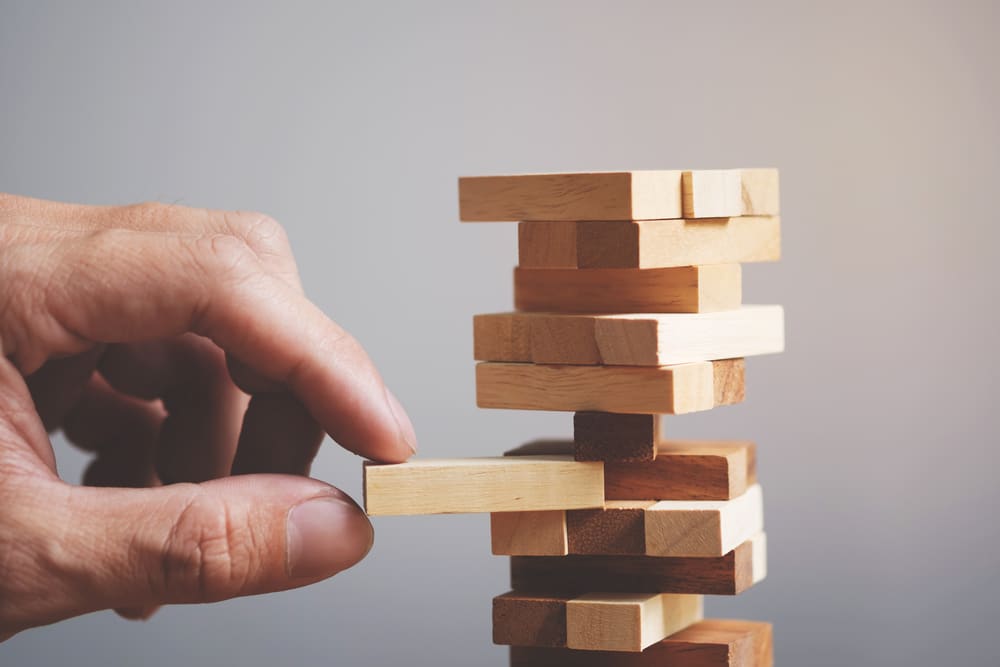
Investing in any asset is not without its risks, and silver is no different.
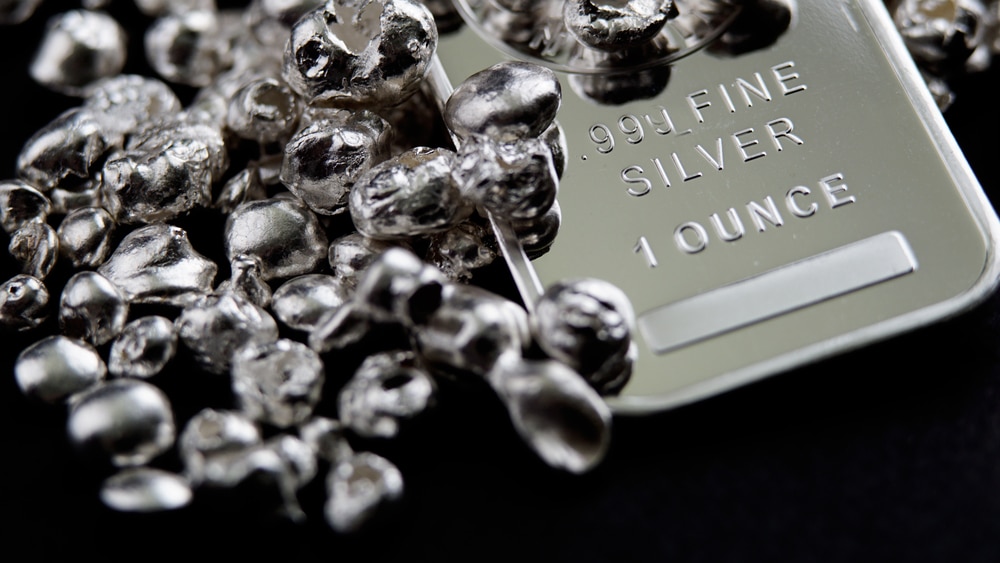
The most obvious way of investing in silver would be to buy bars directly. This is usually known as silver bullion.
It is one of the most straightforward and direct ways to gain exposure as it is a simple case of purchasing the metal itself.
The pros of this approach are that it is relatively easy to do. It is also very easy to track the value of your investment. As you would own the tangible asset itself, knowing how much it is worth is as easy as checking the price of silver on any given day.
However, it comes with its downsides. A large amount of silver bullion does have a drain on one particular commodity, namely physical space. It will need to be stored.
There are firms which provide this service (at a cost) or you can store it yourself. The latter opens up other issues – you would need to have space at your home or elsewhere and there is also the matter of making sure your investment is secure from burglars.
Dealers in silver bullion will also usually charge a small premium when you make a purchase, and could also apply a slight discount when you sell. This means there is a tangible cost at either end of the transaction. This will eat into your returns.
But, if you have decided this is the way to go, how would you go about it?
You can buy silver bars or coins directly from the Royal Mint itself.
Alternatively you can purchase from a dealer. Go to Hatton Garden in London and you will find gold and silver dealers that will buy and sell gold, silver and platinum over the counter. You may also wish to buy silver online, but it’s very important you do your own research to ensure you’re getting the real thing.
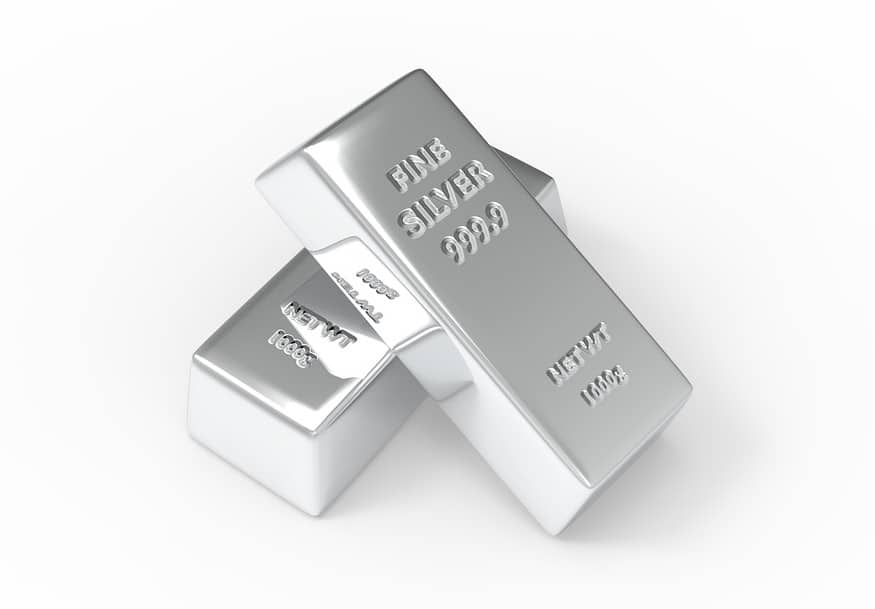
Silver dealers often offer a combined purchase and storage service.
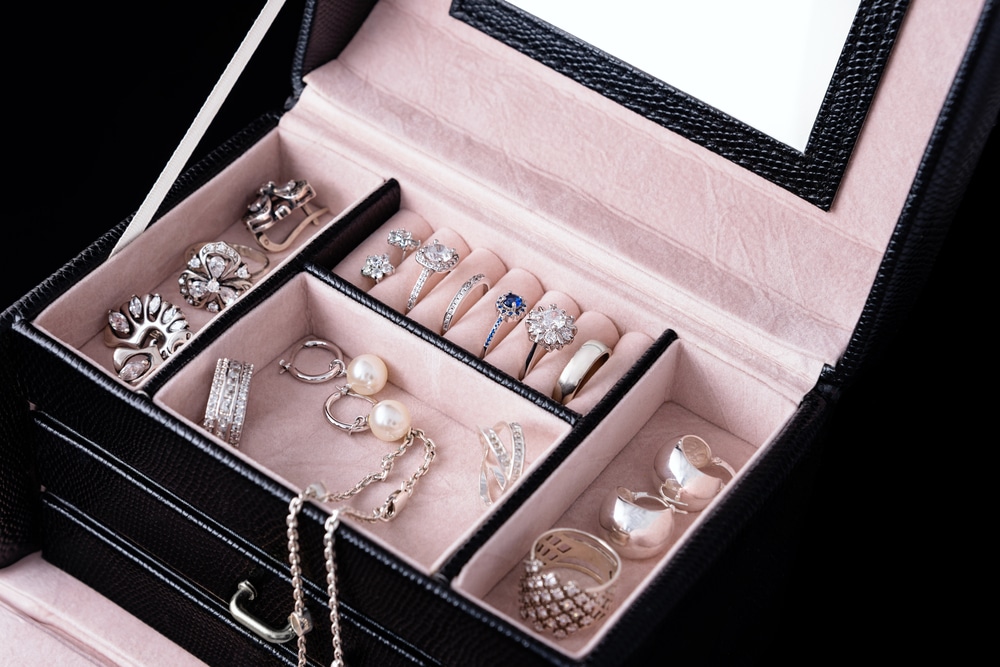
When it comes to investing, jewellery is unlikely to be the first thing you think of to boost your portfolio. And there are some good reasons for this.
When it comes to selling, be wary of schemes offering you cash in return for posting your jewellery. These can be poor value and could even be a scam – your jewellery could be sent but the promised funds never arrive.
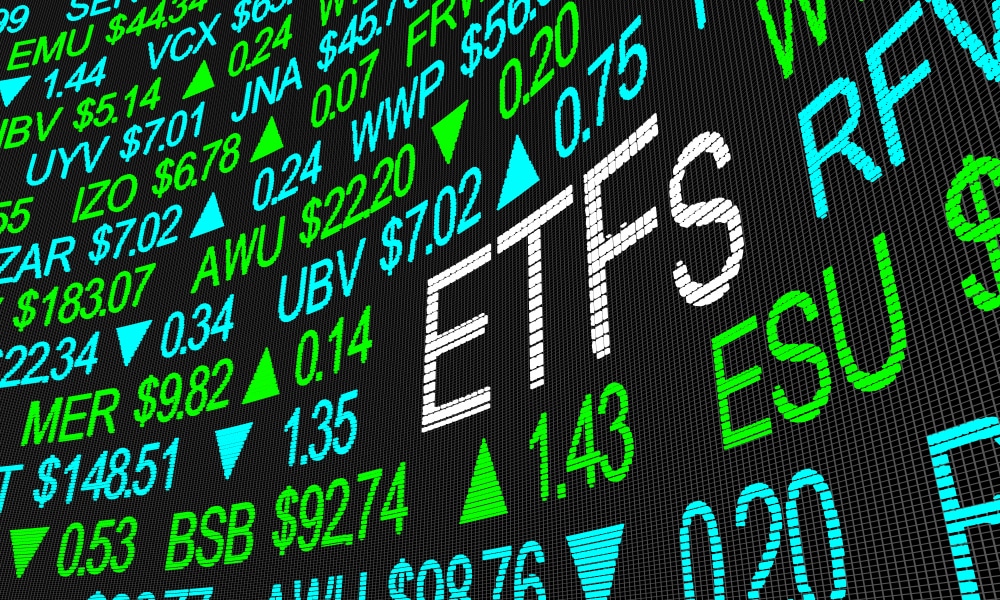
Another way to gain exposure to silver is to invest in one of the many types of investment fund offering to track the market.
Exchange-traded funds (ETFs) are usually passive investments, which means they aren’t run by a fund manager. Therefore, they are a cheaper way to invest than other types of fund.
They will track a particular market or asset, such as silver. This means they replicate market movements and offer potential returns accordingly. They are traded on the stock market, meaning you can buy and sell them at any time of day. This is much as you would be able to do with shares in companies like BT or Shell.
This can be a good way to ‘invest’ in silver. It negates the cost and hassle of having to find somewhere to store bullion, whether via a third party or yourself.
They also offer better liquidity than owning bullion directly, meaning shares in an ETF can be sold or traded more easily and do not require finding a buyer willing to take your asset off your hands.
There are downsides, however. You do not actually ‘own’ any silver which will not suit investors looking for the romanticism of owning a precious metal. In fact it’s very important to find out how much actual silver the ETF tracks. Many ETFs ‘lend out’ the silver or gold in their funds and that is not the kind of product you want to invest in.
There will also be fees to pay to the company that operates the ETF. As this type of fund is not usually “actively” managed by a fund manager, these fees are usually relatively low.
So, if it sounds like ETFs are for you, the first step is to open an account with a stockbroker. This is a fairly straightforward process and can be done fairly cheaply. Some of the best known include Hargreaves Lansdown, AJ Bell and Interactive Investor. There are a number of newer firms like eToro that may also be worth considering.

The other type of fund you might consider is a mutual fund that holds some silver. Unlike ETFs these are traded once a day, so are a little less flexible (although not much), and are often run by a fund manager.
Having a fund run by a manager is called “active management”, as opposed to “passive”. It has its drawbacks as well as its perks.
Having a manager frequently reviewing the basket of stocks and making changes when necessary may maximise opportunities for profit. However, this comes at a price as the fees investors pay are usually higher for this type of fund.
In order to get exposure to silver you could find a fund that contains some silver. The manager will likely be holding a proportion of their portfolio in precious metals as a hedge against inflation – much as you are considering if you are on this page.
The pros and cons are largely similar to ETFs. A fund will offer liquidity, meaning you will be able to buy and sell fairly easily, and negates the need to pay for storage costs.
However, you will again not be owning actual silver directly, and there will be fees to pay.
You can purchase mutual funds via stockbrokers in the same way as you can with ETFs. It is worth researching the fees involved with this.

Another option to consider could be investing directly in companies that profit from the process of extracting silver from the ground. Mining companies or firms, known as streaming companies, provide finance to miners.
The benefit of this approach is that mining companies which are heavily invested in extracting silver will usually track the price of the metal itself. Additionally, when the silver price grows, the price of mining stock usually grows by a larger amount – so the returns are potentially bigger.
However, mining companies are susceptible to wider risks, thus your investment could be at a higher risk than investing directly. For example, a bad result or an accident at a mine could negatively impact the price of a specific company stock. This can happen even if the overall market is performing strongly.
If you’re taking this approach,,you would be wise to heavily diversify by also investing in a range of other companies or funds to spread their risk.

This Blog providing some information about investing in silver. This Blog increasing my knowledge about silver. Thank You So much For share this infomartion